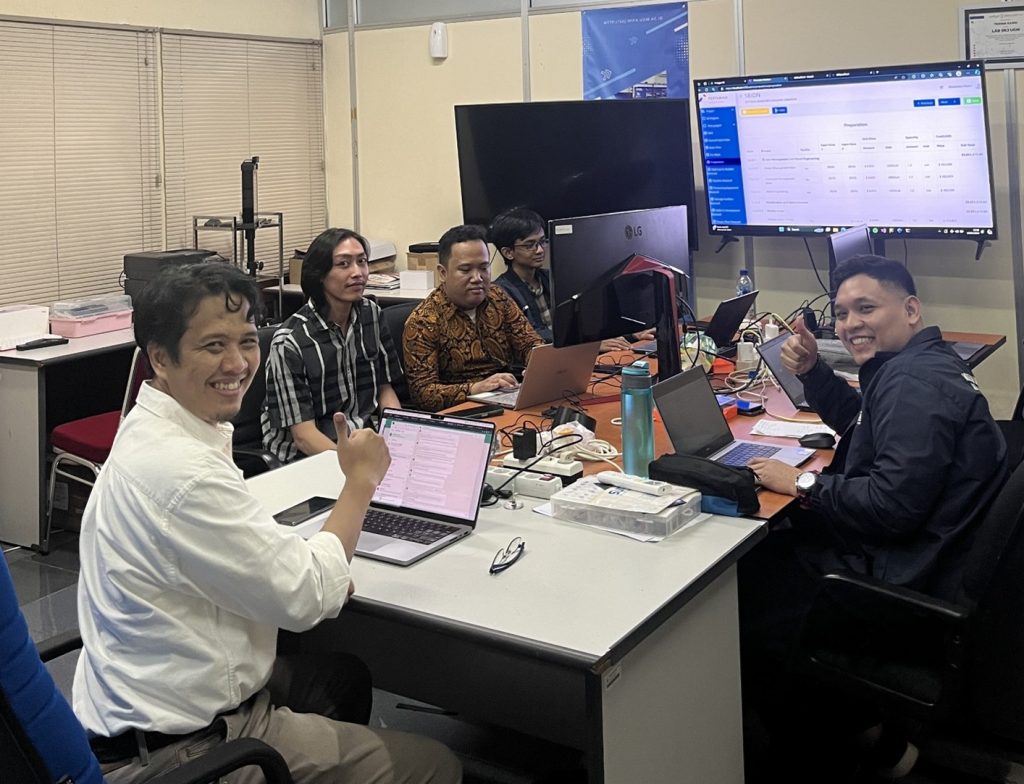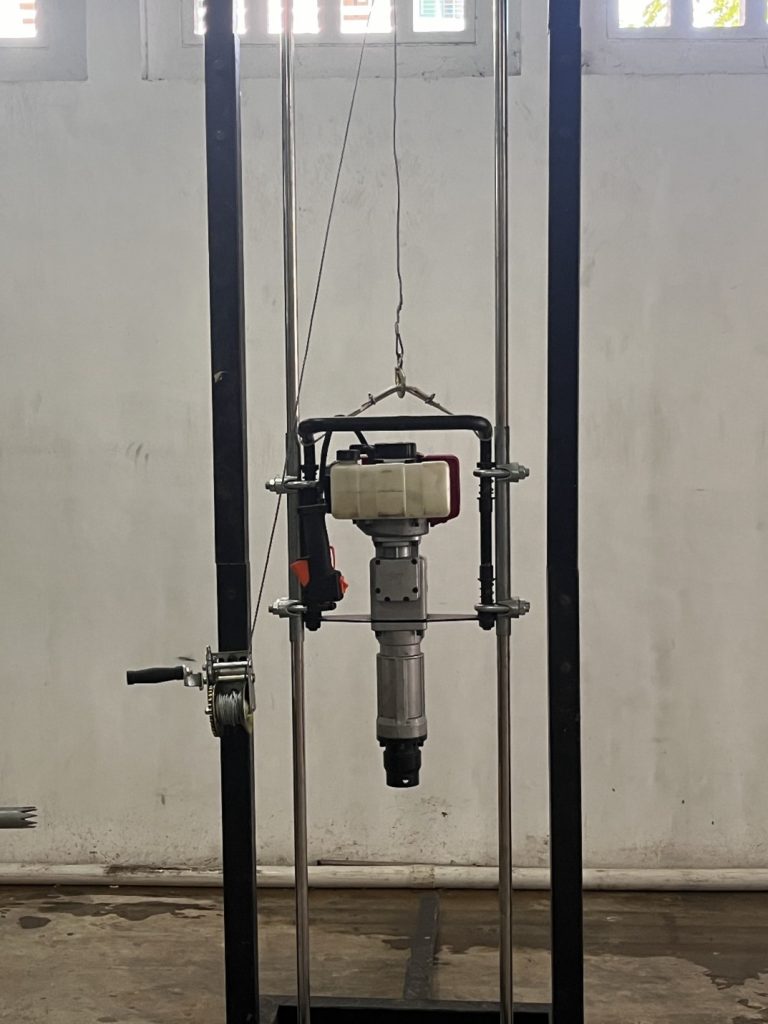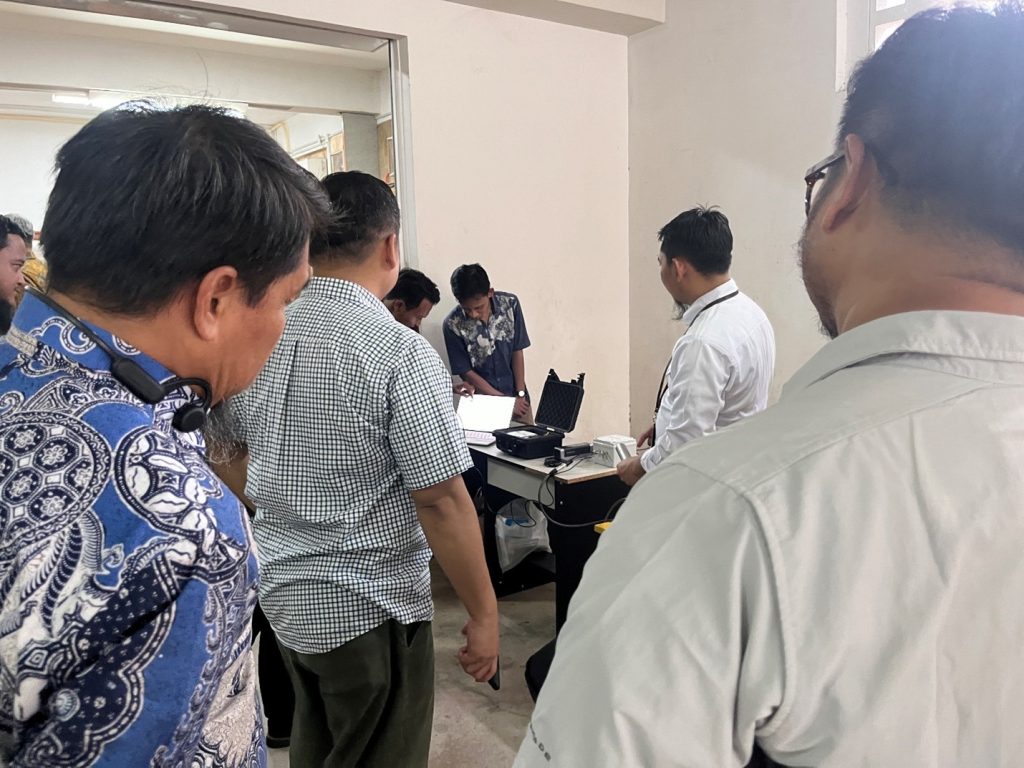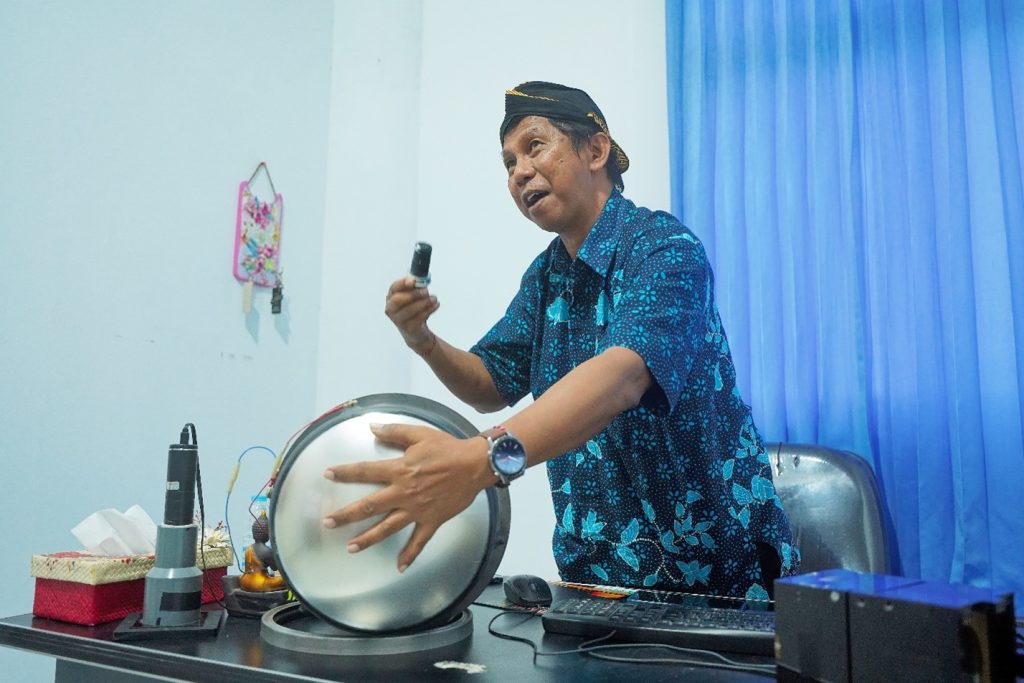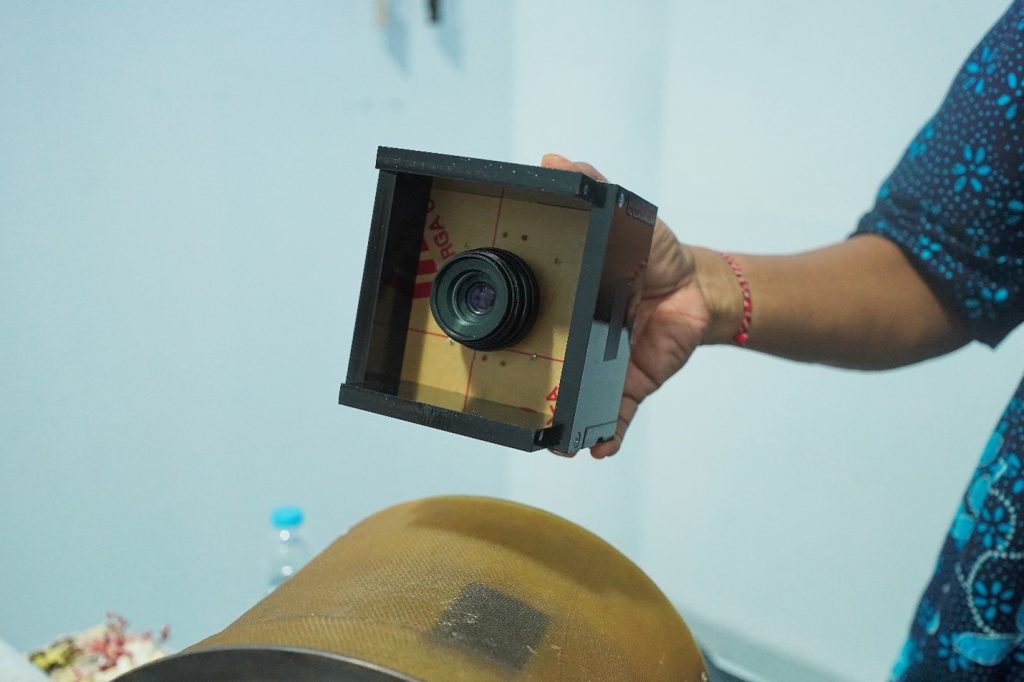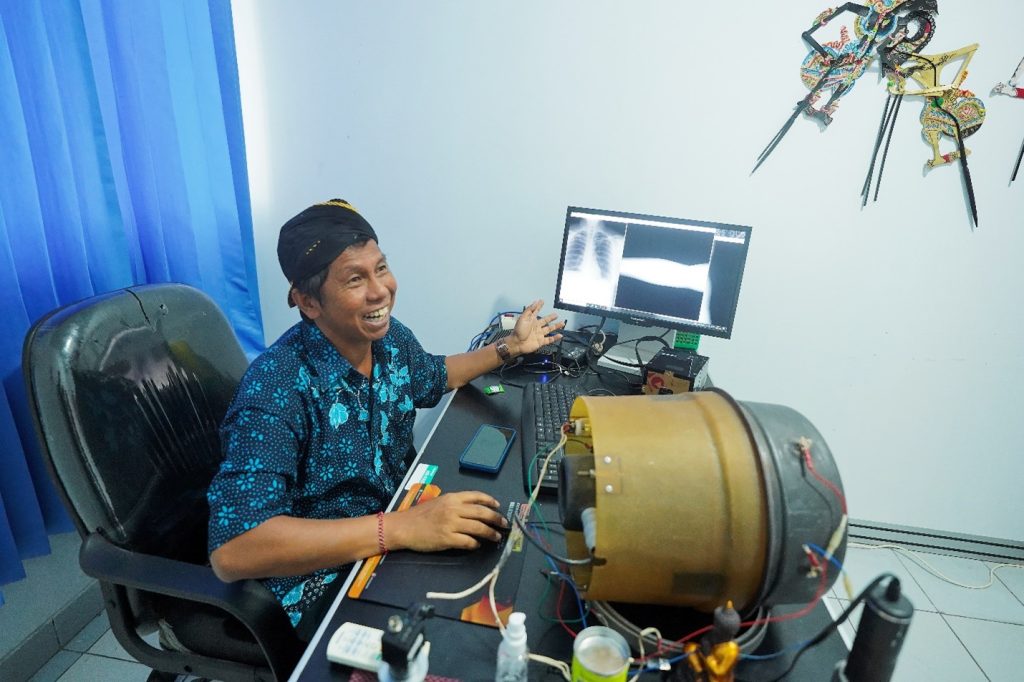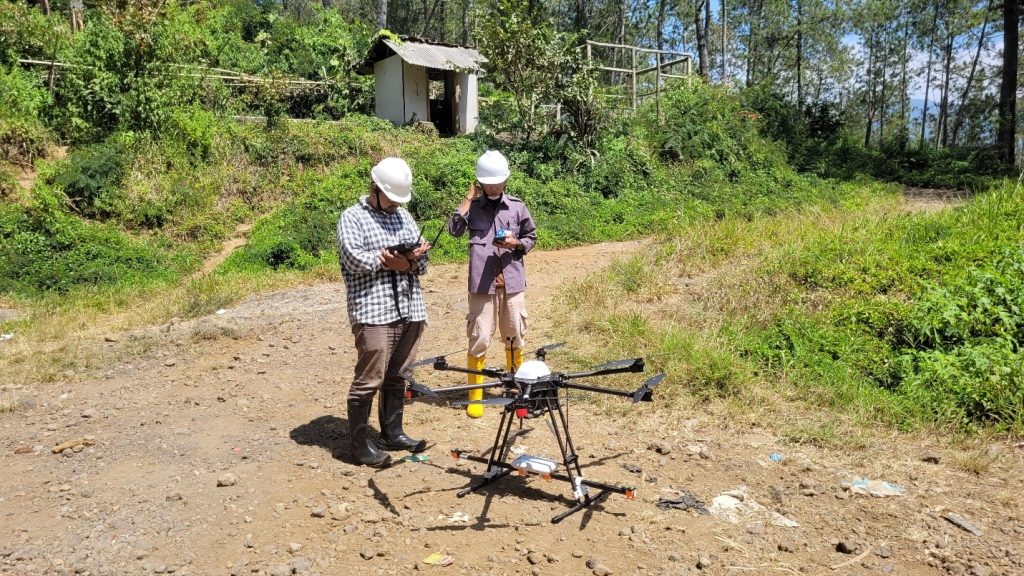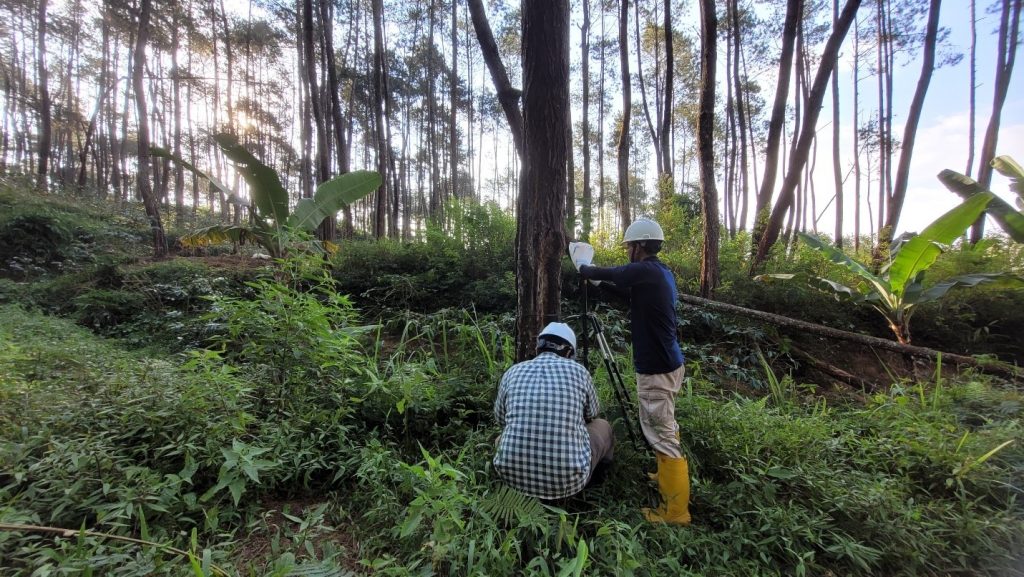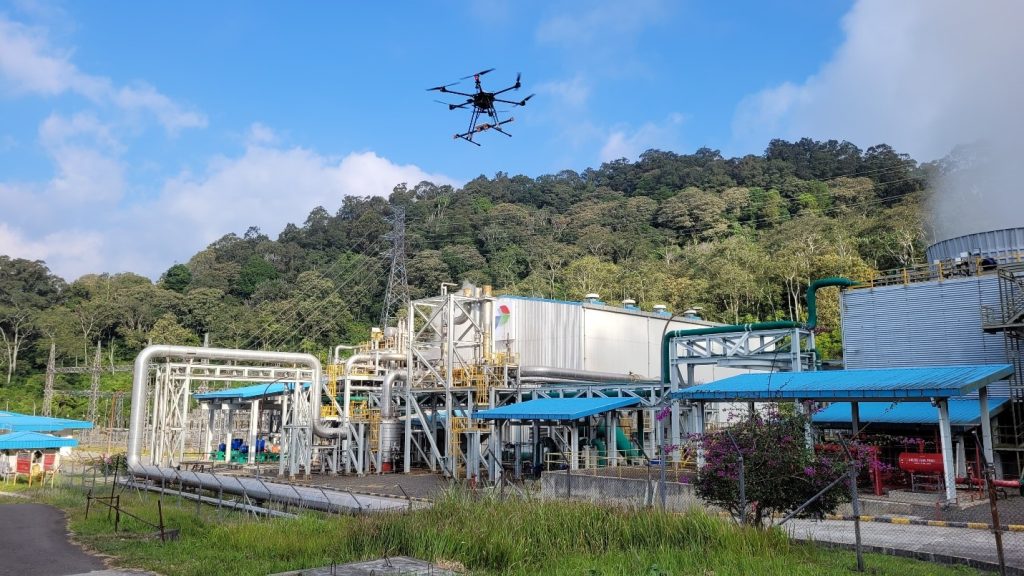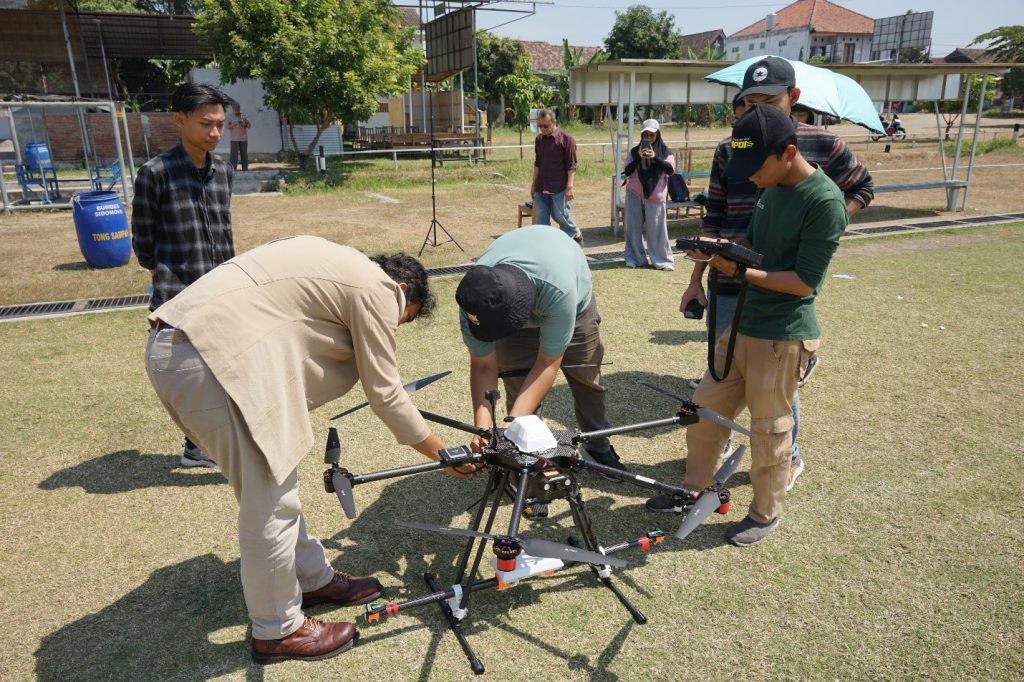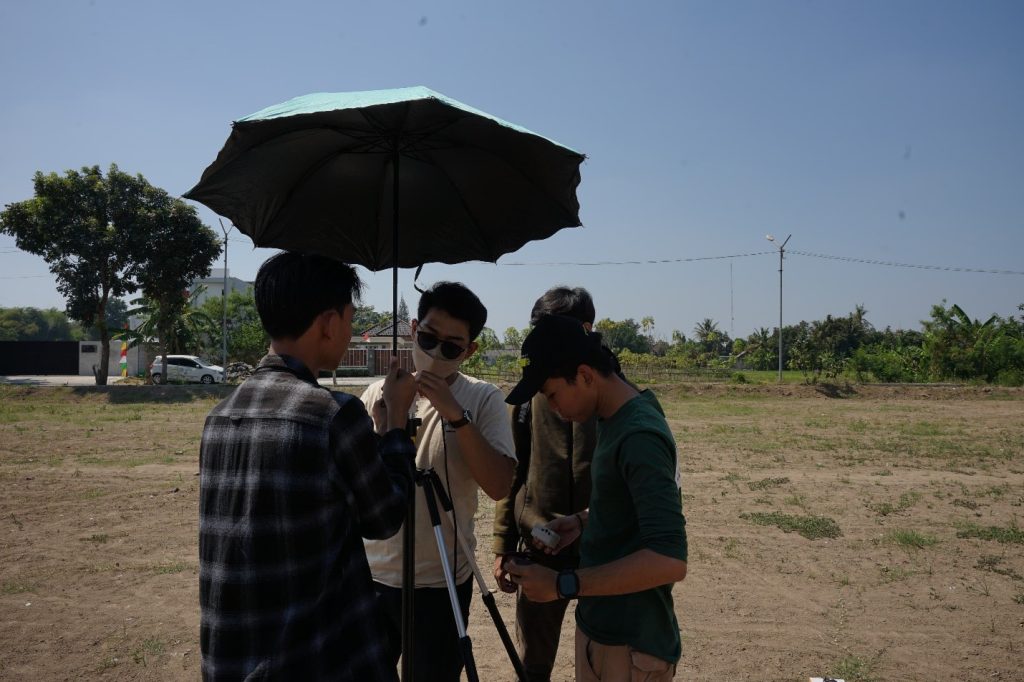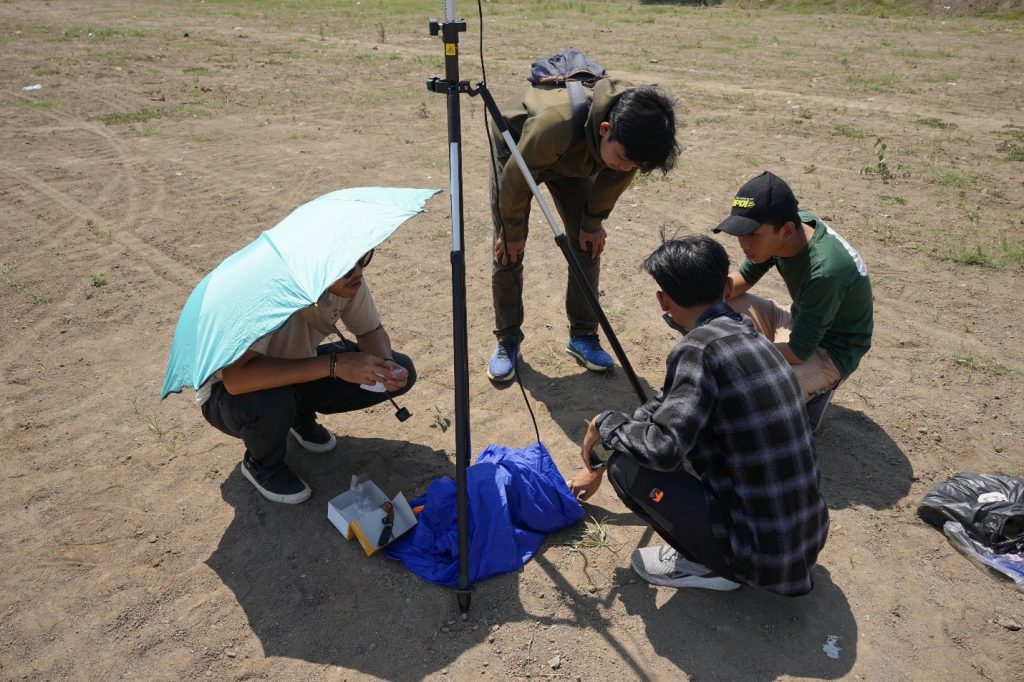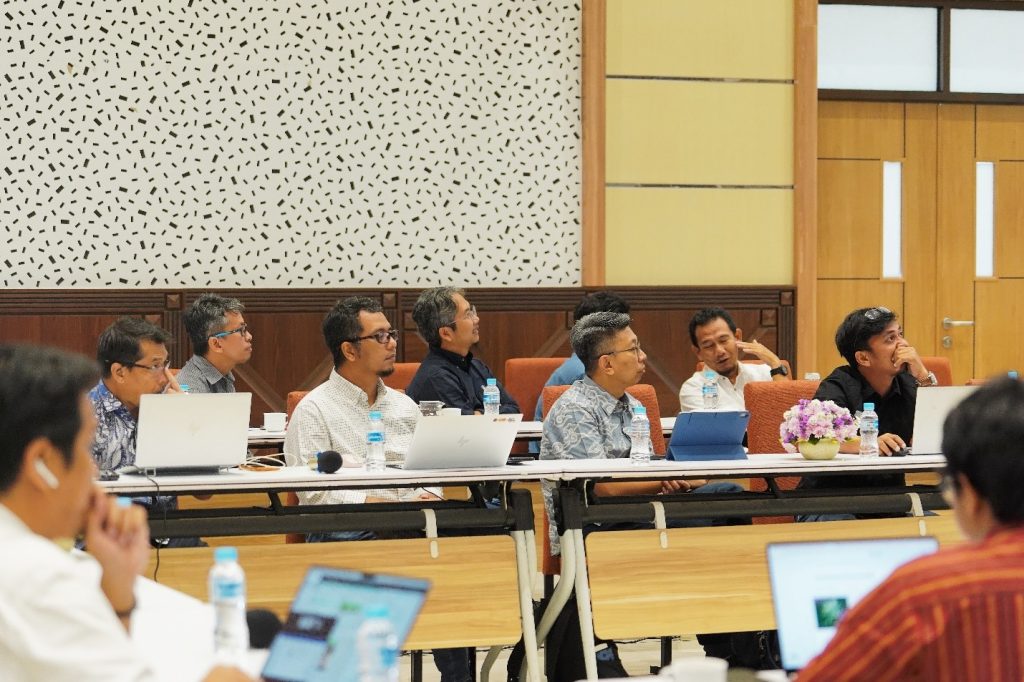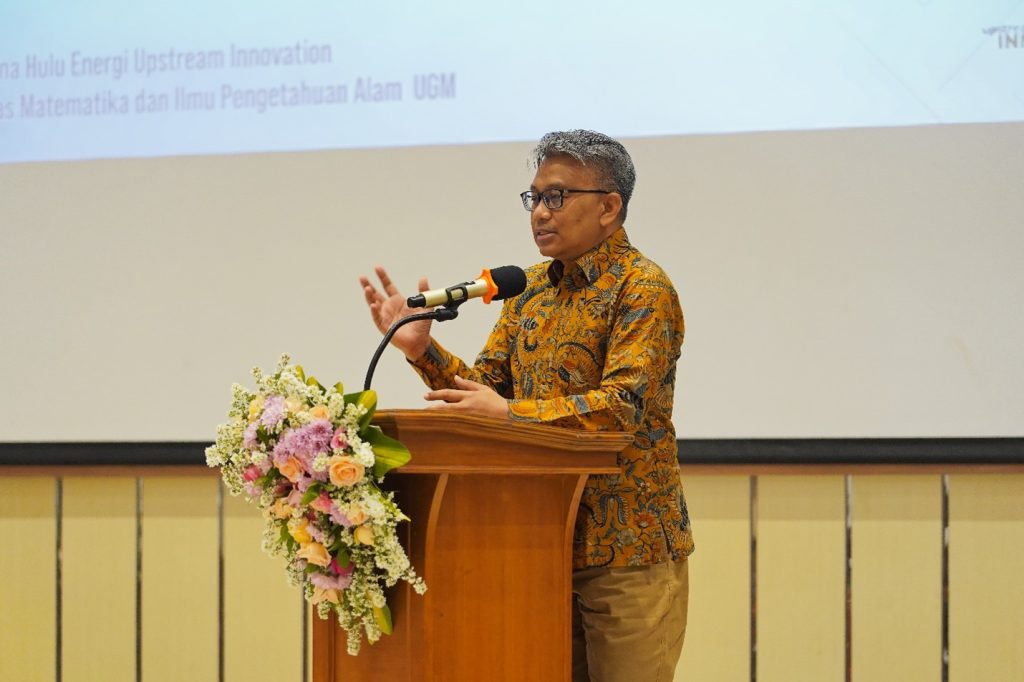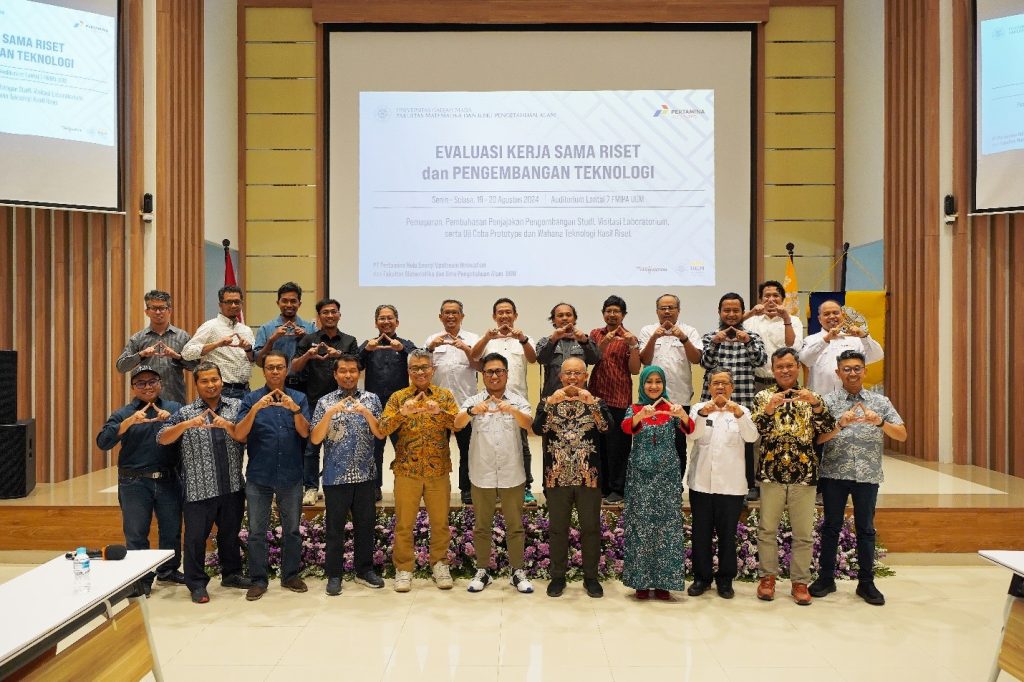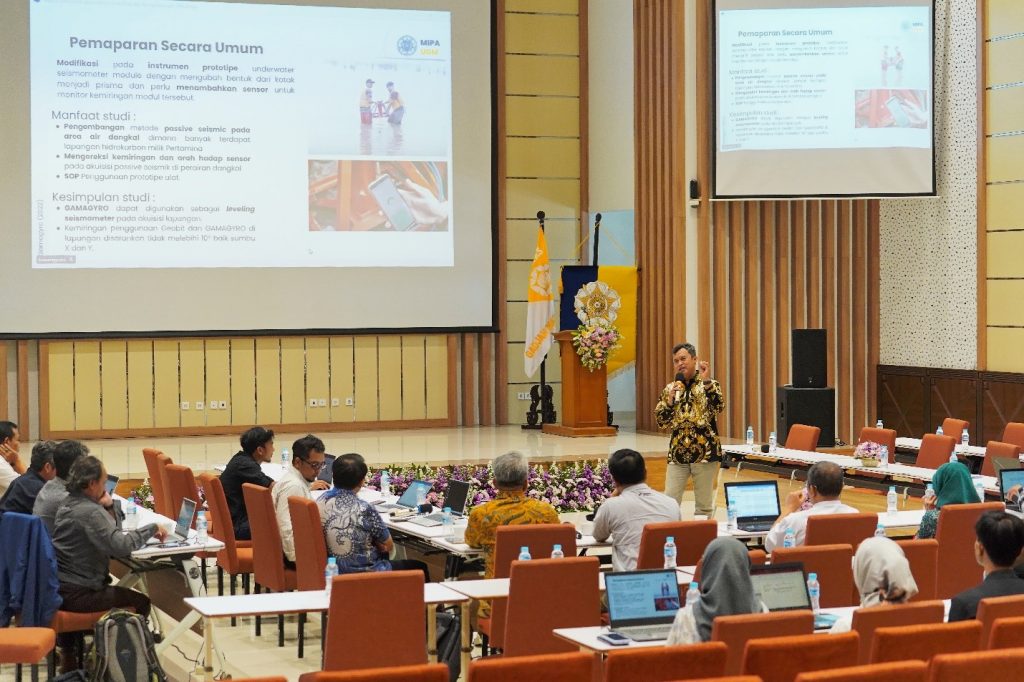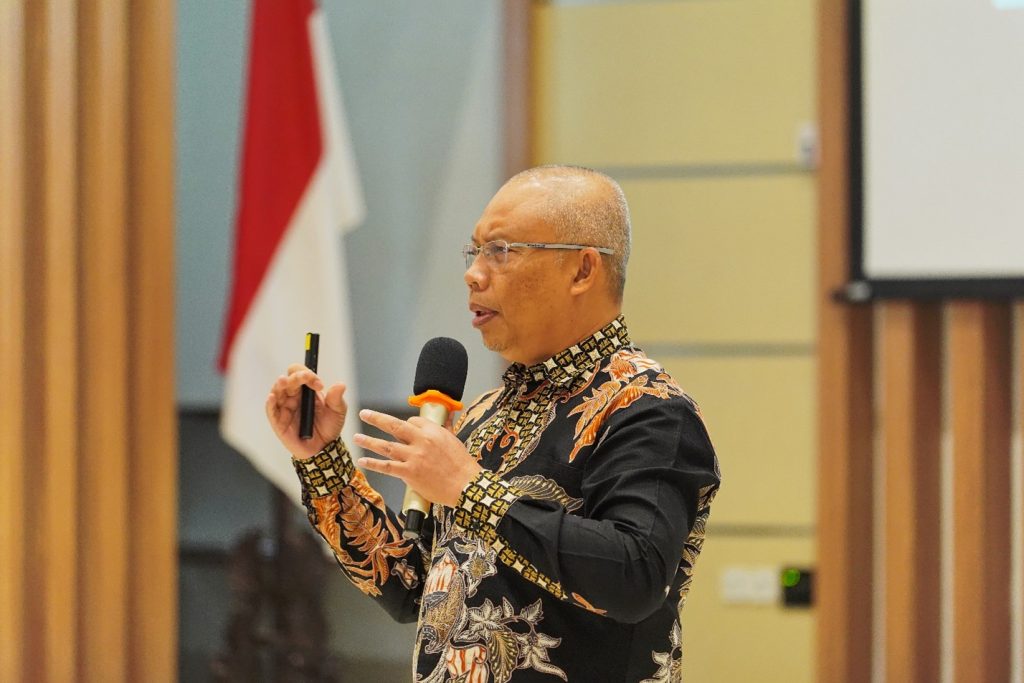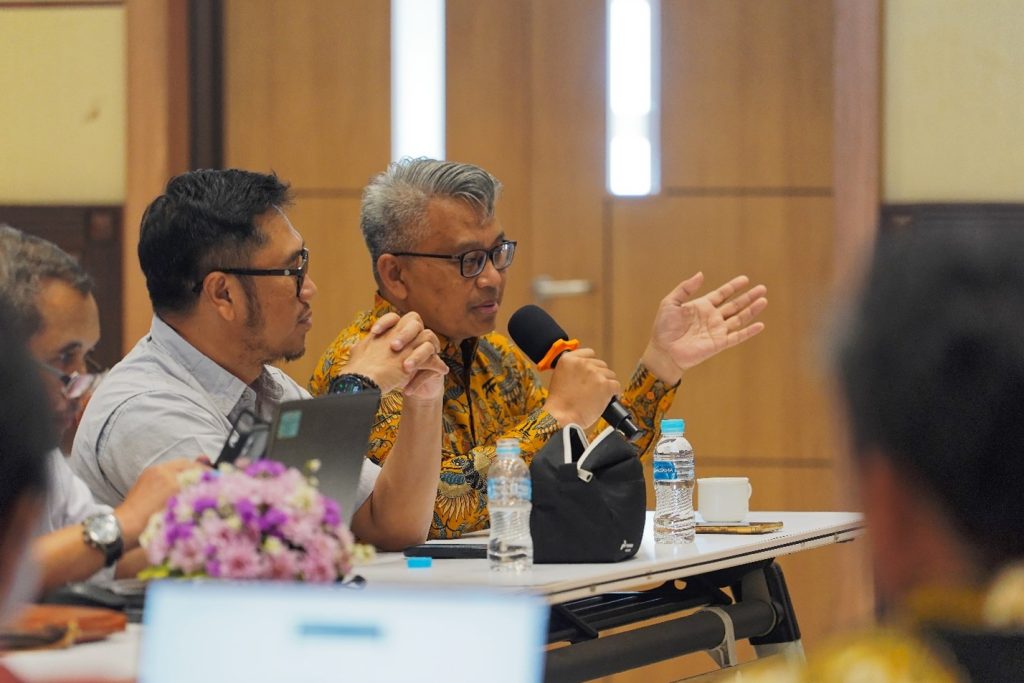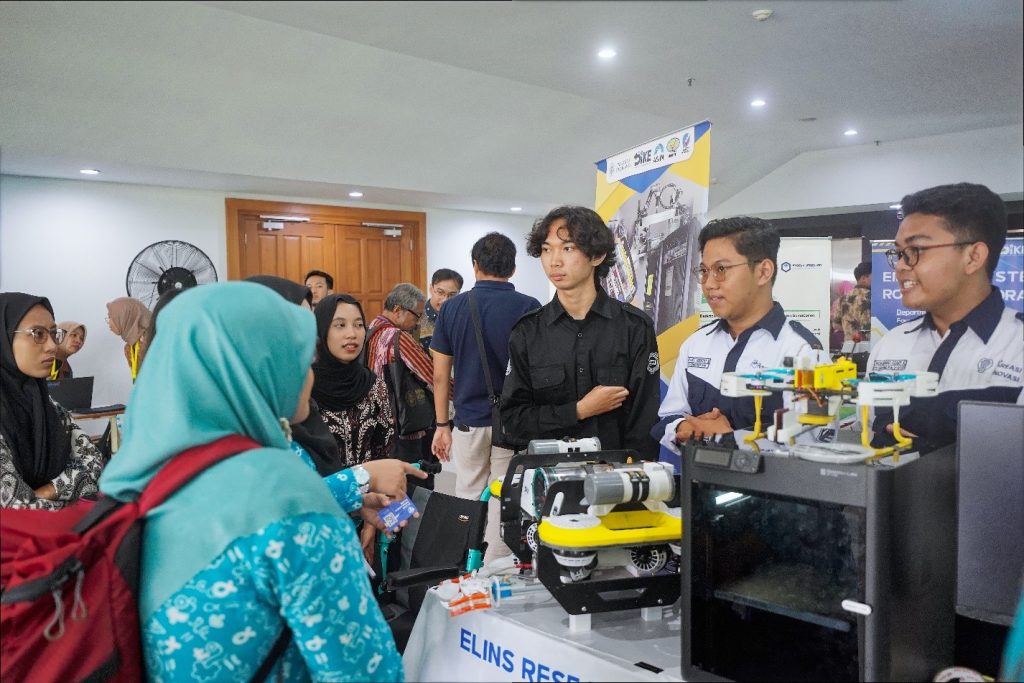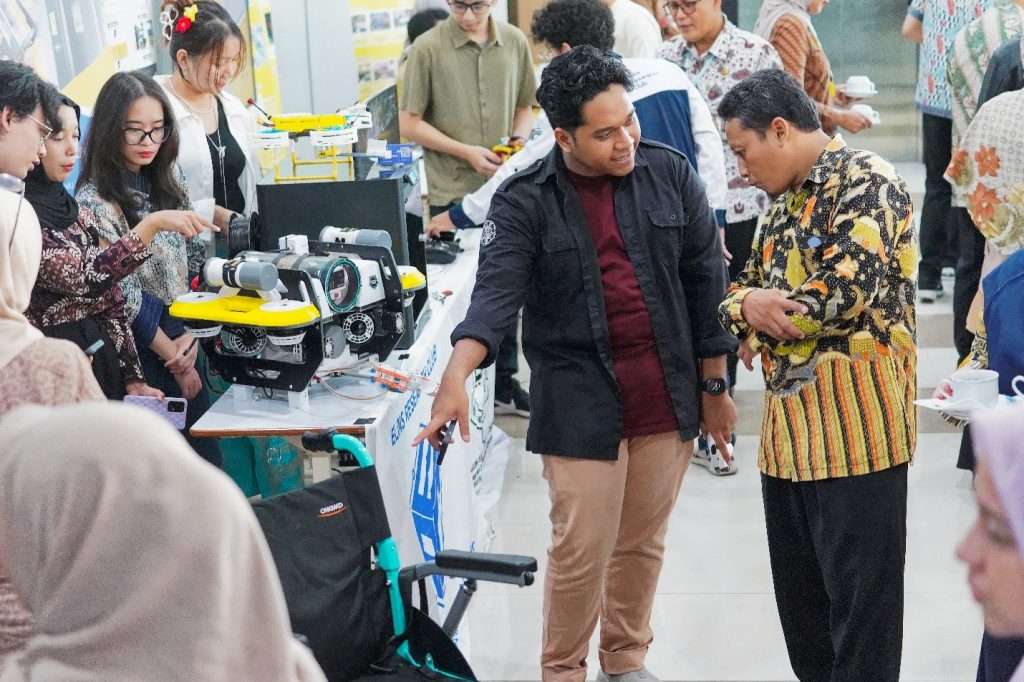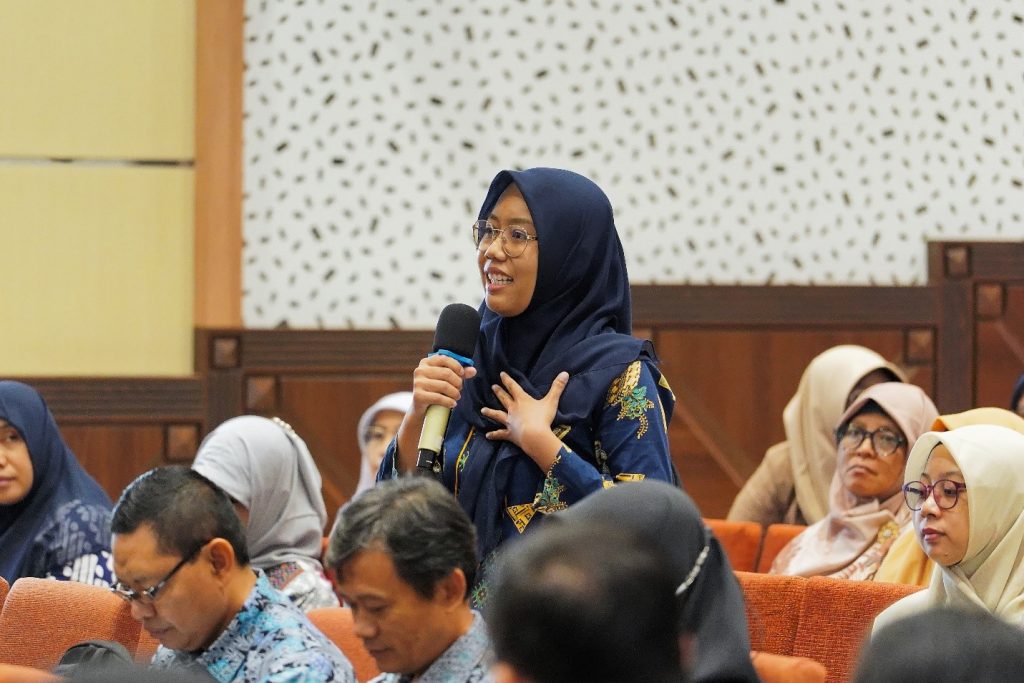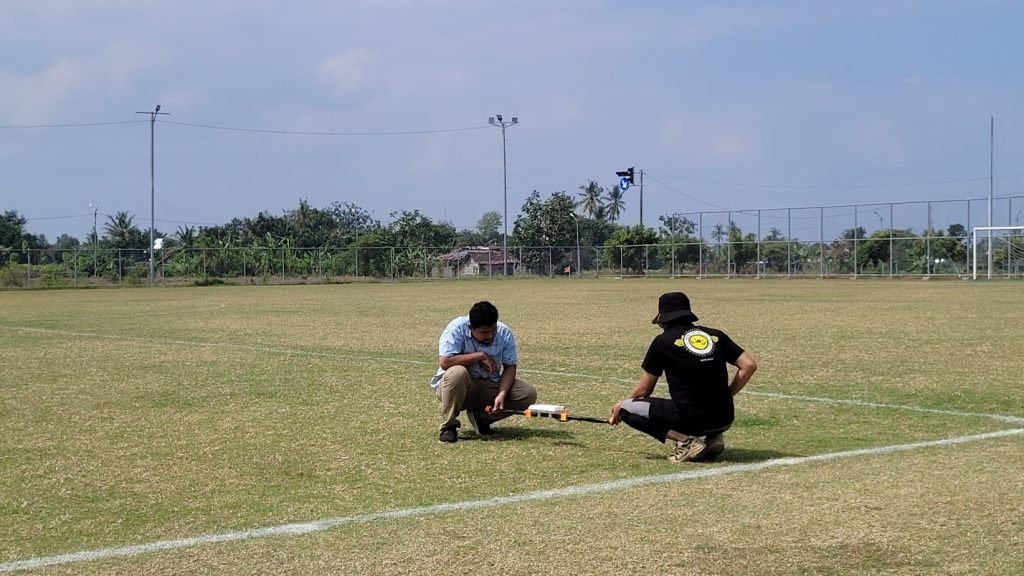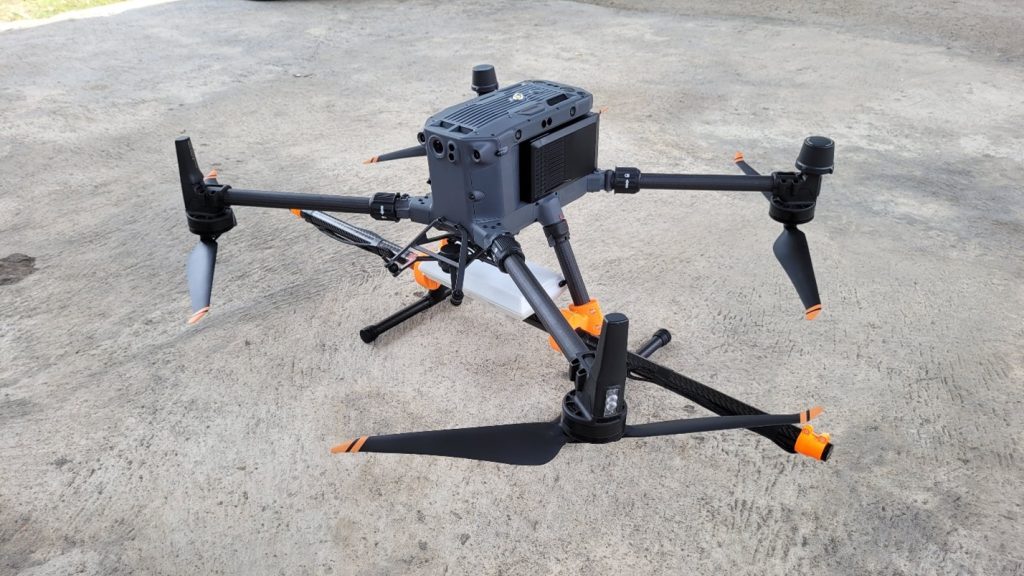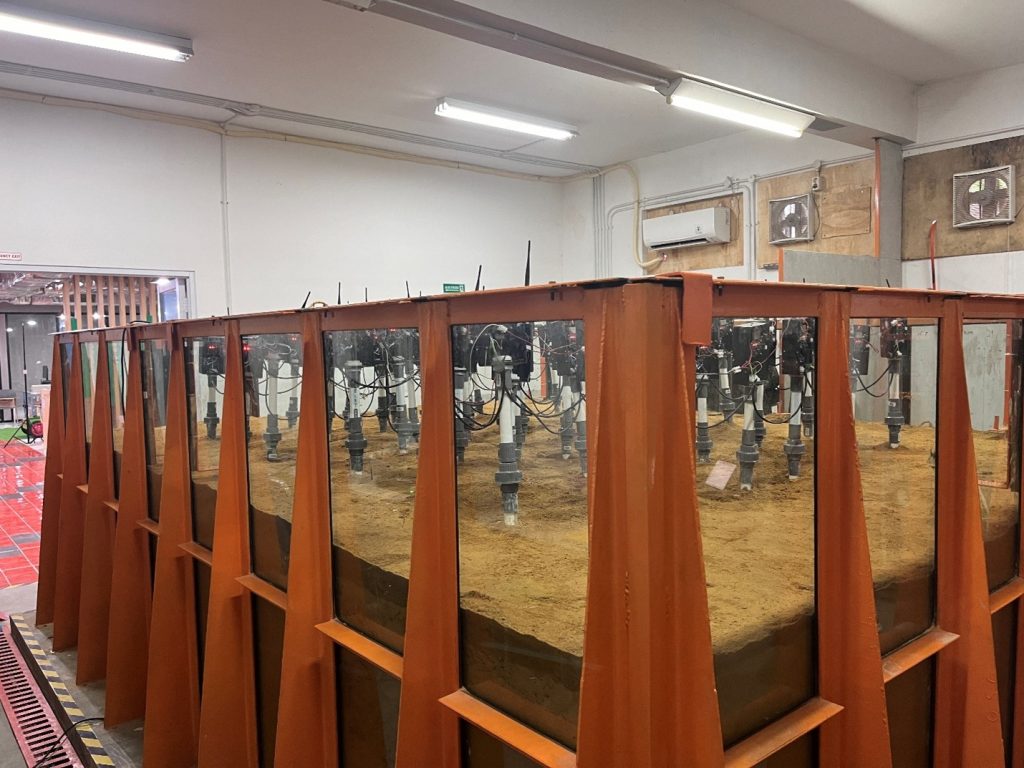
Lab Visit Pengembangan Riset dan Kolaborasi FMIPA UGM & Pertamina
Pada tanggal 19 Agustus 2024, Fakultas Matematika dan Ilmu Pengetahuan Alam (FMIPA) UGM mengadakan kegiatan “Lab Visit” yang bekerja sama dengan Pertamina. Kunjungan ini bertujuan untuk memperkenalkan proyek-proyek riset yang sedang dikembangkan di beberapa laboratorium FMIPA UGM.
Laboratorium pertama yang dikunjungi oleh tim Pertamina adalah Computation Lab, yang dikelola oleh DIKE UGM. Laboratorium ini fokus pada pengembangan sistem komputer dan informasi. Salah satu proyek unggulan yang sedang dikembangkan adalah sistem untuk analisis biaya (cost analysis), yang diharapkan dapat memberikan kontribusi signifikan dalam efisiensi operasional Pertamina di masa depan.
Selanjutnya, tim Pertamina mengunjungi Lab Self Potential (SP), yang menguji metode pasif dalam Geofisika untuk mendeteksi pergerakan fluida di bawah permukaan tanah. Laboratorium ini menggunakan sensor fosfat sebagai elektroda, serta larutan CO sebagai sensor tambahan. Alat-alat yang ada di lab ini dilengkapi dengan nod yang berfungsi sebagai pengukur data untuk memetakan potensi permukaan tanah, yang sangat berguna untuk identifikasi anomali sebaran air tanah.
Dalam kunjungan ini, juga diperkenalkan alat Pertaboxxi untuk pengukuran suhu di mantel bumi serta alat Enhanced Oil Recovery (EOR) yang dirancang untuk meningkatkan produksi minyak bumi menggunakan tenaga listrik.
Risky Guruh, dari Geoseismal Research Center UGM, turut menjelaskan informasi terkait laboratorium tersebut.
“Revisit pertama hari ini kami menampilkan project team yang dikerjakan bersama Pertamina Hulu Energi. Harapannya, pihak Pertamina cukup puas dengan kinerja selama ini, dan kerjasama ini dapat dilanjutkan di masa mendatang.”
Kegiatan ini juga berkaitan dengan Tujuan Pembangunan Berkelanjutan (SDGs), khususnya SDG nomor 4 (Pendidikan Berkualitas), SDG nomor 7 (Energi Bersih dan Terjangkau), dan SDG nomor 9 (Industri, Inovasi, dan Infrastruktur). Melalui riset dan inovasi, laboratorium FMIPA UGM tidak hanya mendukung keberlanjutan energi dan infrastruktur, tetapi juga memberikan kontribusi dalam meningkatkan kualitas pendidikan, dengan menyediakan lingkungan penelitian yang mendorong pengembangan kompetensi dan pengetahuan mahasiswa serta tenaga ahli.
Penulis: Chairunnisa Anggun Setiono
Dokumentasi: Wahyu Micho
Editor: Febriska Noor Fitriana
